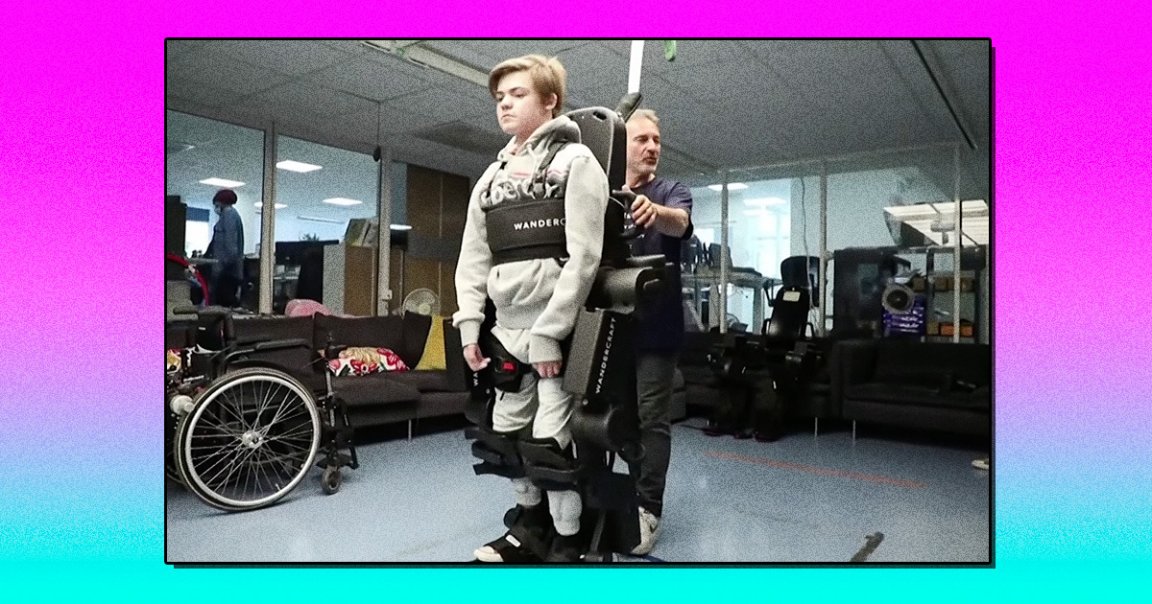
The Food and Drug Administration has cleared a new exoskeleton for use in stroke rehabilitation, its manufacturer announced this week.
Known as Atalante, the self-balancing, battery-powered exoskeleton is intended to assist in training the gaits of stroke survivors, especially those that have lost significant mobility in their upper body and extremities. As such, its gait can be adjusted as a patient progresses in their rehabilitation. Footage of the device is impressive:
Strokes are the leading cause of long-term disabilities in the US, according to the Centers for Disease Control and Prevention, and every year over 795,000 people in the country suffer from one.
For those who survive, recovering is a delicate and painful process. Exoskeletons — when they work — are increasingly seen as invaluable for rehabilitation, serving as a sort of body-attuned pair of training wheels that also instill a feeling of empowerment by enabling the mere feat of being upright on one’s own after a debilitating medical event.
That’s why Atalante’s adaptability, sturdy balance, and impressive ability to be used hands free without other assistive devices have all proved impressive. So far, its maker Wandercraft has deployed 22 Atalante exoskeletons and has helped treat over 330 patients in the last year alone, the French company says. The US will now be its latest market, with plans to significantly scale up operations in the next years or two.
Among those patients treated is Oscar Costanza, son of Wandercraft’s co-founder Jean-Louis Constanza. The younger Costanza suffers from a neurological condition that hinders his nerves sending signals to his legs.
“It’s new for me, because previously I’ve always needed assistance to walk, and now, I no longer need assistance, so I feel independent,” Oscar told Reuters in a 2021 interview.
But, alas, don’t expect to take one around the block. The exoskeleton is strictly designed for a clinical setting and is prohibitively heavy for everyday use — for now, anyway. Jean-Louis — perhaps quite ambitiously — envisions a future where the wheelchair will eventually be obsolete.
“Wheelchairs are an anomaly,” he said in the interview. “Men, women, human beings are meant to be upright.”
It’ll be hard to beat the sheer, cost-effective practicality of wheelchairs, but the Atalante provides one mighty, exoskeleton-assisted step towards that lofty goal. That’s especially true in the US, because, as Engadget notes, FDA approved exoskeletons are few and far between.
More on exoskeletons: 8-Year-Old Boy With Cerebral Palsy Walks Using Robotic Exoskeleton